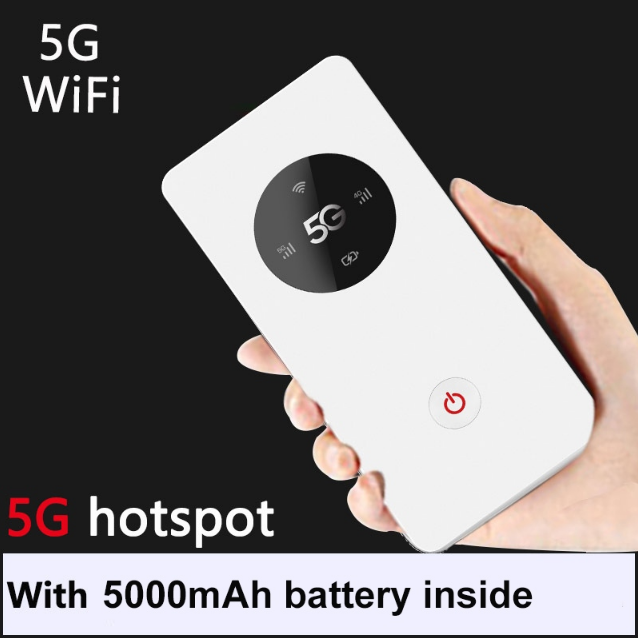What Is Mi-Fi? Here's What You Need to Know About Portable Internet
MiFi is wireless internet you can get on the go. A MiFi device is a small router or hotspot that typically works over a cellular connection, using network data to get you a Wi-Fi connection for laptops, tablets, and other devices.
The term "MiFi" originated with the MiFi series of mobile hotspots that were first manufactured by Novatel in the late 2000s. However, "MiFi" has evolved into a term commonly used to refer to any hotspot or portable router that offers Wi-Fi connectivity for connected devices. It's similar to how the brand name "Kleenex" has become synonymous with all facial tissues.
MiFi vs. Wi-Fi—What is the Difference?
MiFi serves as a mobile router or hotspot, facilitating portable internet connectivity outside home or office environments. In contrast, Wi-Fi encompasses a broader spectrum, representing any form of wireless internet connection. This encompasses internet sourced from hotspots as well as signals emitted by home routers.
MiFi: Encompasses mobile hotspots, phone hotspots, and portable internet.
Wi-Fi: Encompasses all forms of wireless internet signals, including those from home routers and mobile devices.
How Does MiFi Operate?
MiFi operates by utilizing cellular signals to provide wireless internet connectivity. This can be achieved through a cell phone equipped with tethering capabilities or a standalone mobile hotspot equipped with a SIM card and cellular data plan. The device leverages the cellular network of the carrier to establish a mobile Wi-Fi network wherever cell service is available.
The inaugural device bearing the MiFi moniker was the Novatel Wireless MiFi 2200, a portable router introduced to the US market in 2009. Wireless technology has since made significant strides, with recent advancements in 5G indicating that MiFi devices may soon emerge as indispensable tools for everyday internet usage.
While MiFi-style internet may not offer the same cost-effectiveness as fixed internet connections from cable or fiber providers—given slower speeds and stringent data usage limits—it boasts significant advantages, particularly in providing Wi-Fi access on demand.
Pros of Having a MiFi Hotspot:
- Provides internet access while traveling or working remotely
- Enables bypassing slow or insecure public Wi-Fi networks
- Functions in remote and rural areas, contingent upon cell service availability
Cons of Having a MiFi Hotspot:
- More costly compared to fixed broadband internet
- Subject to data usage restrictions
- Offers inconsistent speeds
How Fast is MiFi?
Modern MiFi router can achieve gigabit (or near-gigabit) speeds using 5G connections, supporting up to 20 or 30 devices simultaneously. However, the typical hotspot offers speeds akin to the average Mbps download speeds accessible on 4G LTE phones.
Speeds on a hotspot vary significantly based on location. Since internet is obtained via a wireless signal, performance can be influenced by various factors, including geographical features (such as hills and mountains), adverse weather conditions, and network congestion in densely populated areas.
The emergence of 5G networks, the latest cellular technology standard, promises even greater speed enhancements and versatility for MiFi hotspots. Newer 5G hotspots leverage millimeter-wave and C-band channels, capable of transmitting larger data volumes at faster rates, potentially delivering speeds ranging from 100 to 1,000 Mbps.

评论
发表评论